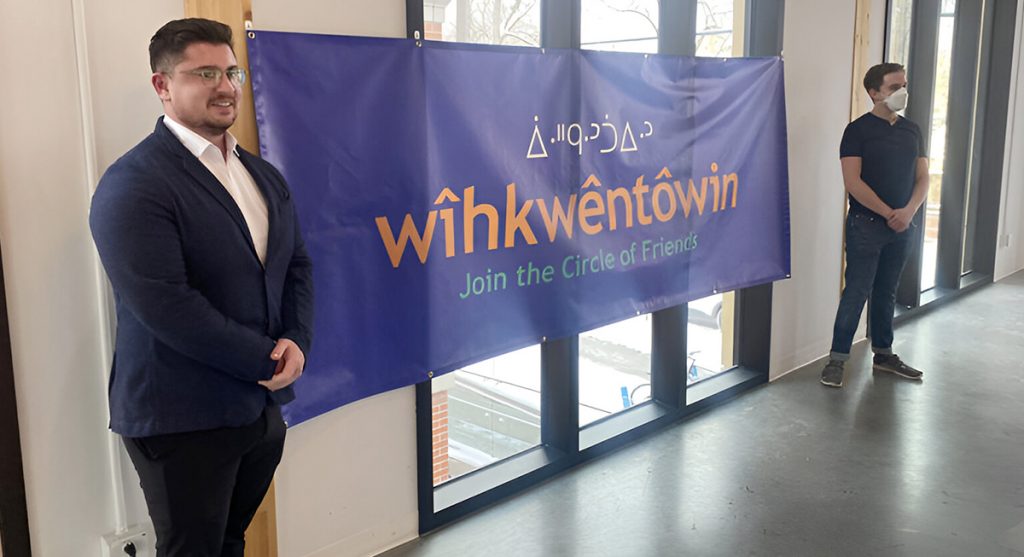Real estate folks love to give neighborhoods snappy, often ridiculous names. These names aren’t just labels—they’re a branding strategy meant to attract a trendy crowd, often at the cost of a neighborhood’s history and character. Here are some of the most bewildering names that have emerged… and it’s making the residents angry.
DumBro: A Not-so-Smart Start
Yes, you read that right. In an age where every corner of urban space is getting a quick, often thoughtless rename, DumBro stands out—not just for its name, which seemingly tries too hard to be hip, but for what it represents. This trend is symptomatic of a deeper issue where genuine neighborhood identities are scrubbed clean for glossy marketing.
NuLu, Louisville: New Name, Who Dis?
NuLu (New Louisville) is one of the poster children for rebranded neighborhoods. Originally just a part of downtown Louisville, NuLu has received substantial investment and a catchy new name, aiming to forge a connection akin to the trendy vibes of New York’s famous districts. While the investments have turned the area around, one can’t help but wonder at what cultural cost these changes come.
SoBro and LoDo: Singing the Same Tune
SoBro (South of Broadway in Nashville) and LoDo (Lower Downtown in Denver) exemplify the spread of the ‘SoHo’ naming convention, where catchy, easy-to-remember names are believed to draw in crowds and dollars. While these names may sound sleek and interesting, they often oversimplify and overlook the rich, complex histories of the places they represent.
RiNo: Art District or Branding Exercise?
Denver’s River North, dubbed RiNo, is another example where a historically significant area is given a quick, marketable nickname. Positioned as an arts district, the name is catchy but also serves as a tool for gentrification, pushing out long-time residents in favor of newer, wealthier ones.
SoWa, Boston: South of What Exactly?
SoWa, or South of Washington, presents itself as Boston’s artistic hub, modeled perhaps too deliberately on the lines of SoHo in New York. It’s a prime example of how real estate marketing can try to force a cultural identity onto an area, sometimes ignoring the existing community and its needs.
NOGA (North of Girard Avenue), Philadelphia
In an attempt to sidestep the negative connotations associated with “North Philadelphia,” developers have coined “NOGA.” This tactic is not just a rebranding but a strategy to manipulate search results and perceptions. Such efforts can make it difficult for potential residents to get a realistic understanding of the area’s safety and community attributes by obscuring real issues under a layer of marketing gloss.
NOCHILL (North of Calowhill), Philadelphia
Unlike other areas with pre-existing identities, NOCHILL started as a blank slate. This gave developers and community planners a rare opportunity to shape its identity from scratch without the burden of overcoming any negative stereotypes. The name itself adds a touch of modern branding that aligns well with a fresh neighborhood identity, possibly making it more appealing to younger, trend-conscious demographics.
Junogi (Just North of Girard), Philadelphia
This proposed neighborhood name for the southern part of Kensington is a clear example of overzealous branding, stretching to create appeal through nomenclature. The effort to make “Junogi” a recognized name highlights the lengths to which real estate interests will go to differentiate an area, even when the local community may find such labels unnecessary or even humorous.
SoHa (South Harlem), New York
The renaming of South Harlem to “SoHa” by real estate agents was met with significant community pushback. This attempt illustrates the conflicts that can arise when external forces try to impose new identities on established communities. The resistance led to the abandonment of the SoHa label, showing that community sentiment can indeed have a powerful influence on neighborhood branding efforts.
Wîhkwêntôwin (formerly Oliver), Edmonton
Edmonton’s decision to rename the Oliver neighborhood to Wîhkwêntôwin as part of a reconciliation effort with Indigenous peoples represents a profound shift in neighborhood naming conventions. This change, aimed at addressing past injustices associated with the area’s namesake, Frank Oliver, reflects a growing trend of using neighborhood names to acknowledge and honor community history and cultural significance, rather than simply as marketing tools. This initiative also demonstrates the substantial costs and logistical challenges involved in such a significant renaming effort.
NoMa
Originally an industrial zone with little residential appeal, NoMa in Washington, D.C., transformed into a trendy neighborhood after its rebranding. Despite its success in attracting new development, the name itself has been criticized for sounding too contrived and lacking connection to the area’s historical context.
Newbold (South Philadelphia)
Initially meant to give identity to a part of South Philadelphia, the name “Newbold” was extended beyond its intended boundaries, which led to disputes and criticism from long-established local organizations. The name was seen as an unnecessary imposition on an already cohesive community.
Stuyshwick (Bedford Stuyvesant and Bushwick)
This name was concocted for a micro-neighborhood where Bedford Stuyvesant and Bushwick meet in New York City. It was met with ridicule on social media for sounding like a clumsy mashup, reflective of gentrification efforts rather than organic community development.
The East Cut (San Francisco)
Once part of a broader neighborhood known for its historical significance, this area was rebranded as “The East Cut” by a local nonprofit. Though meant to reflect a new direction in community development, the name has been critiqued for sounding too corporate and disconnected from the community’s roots.



